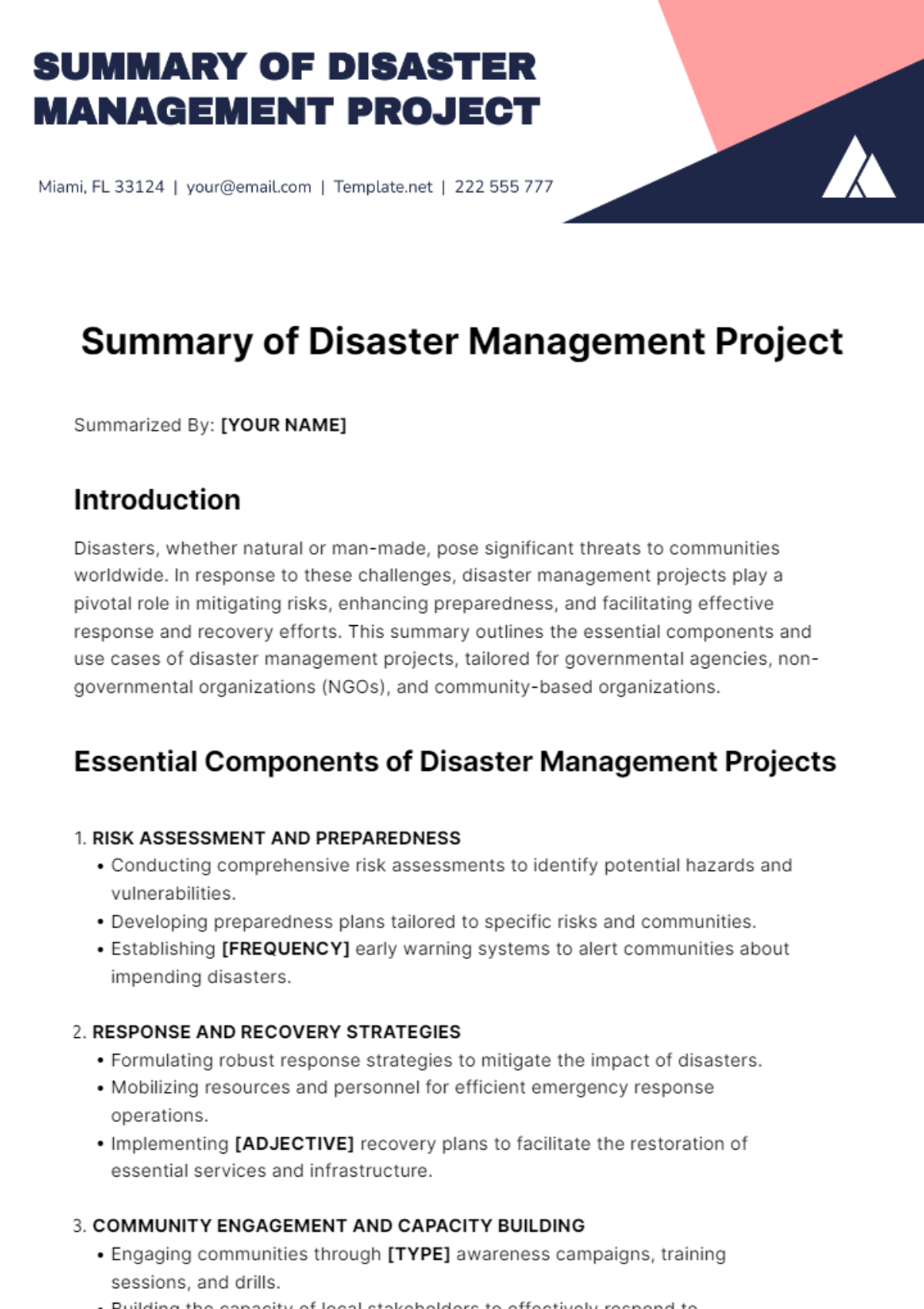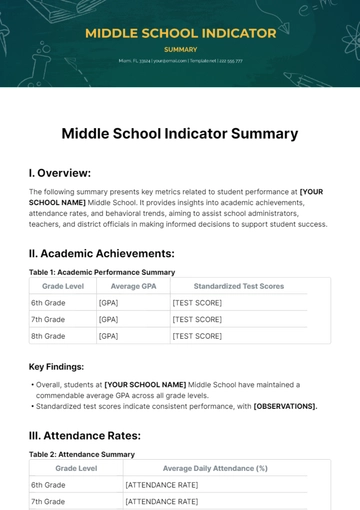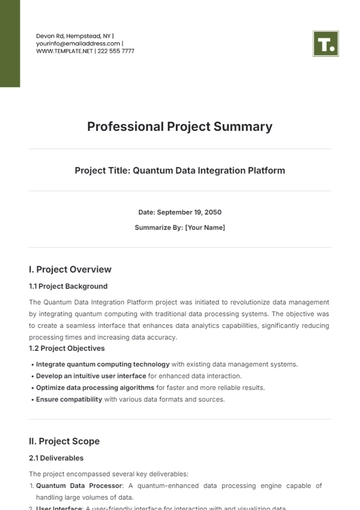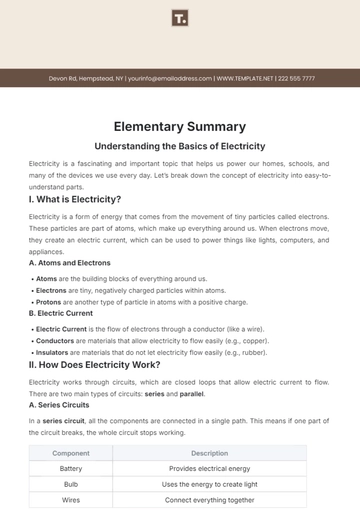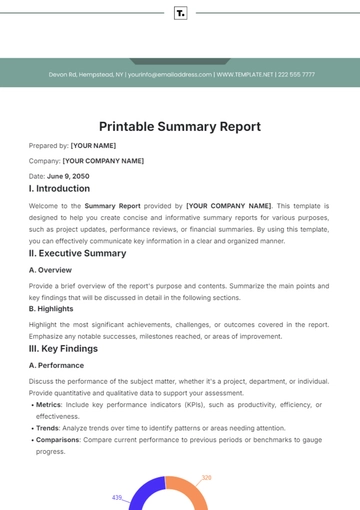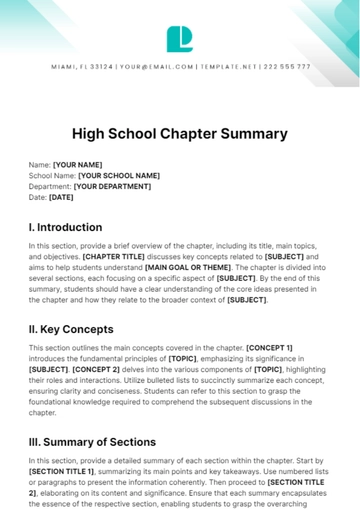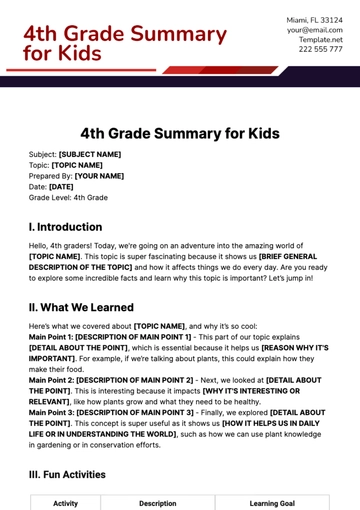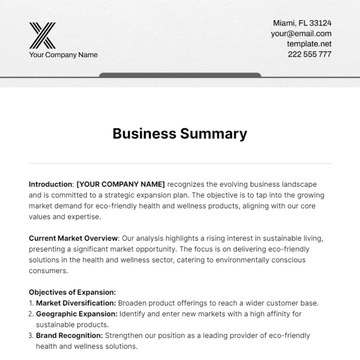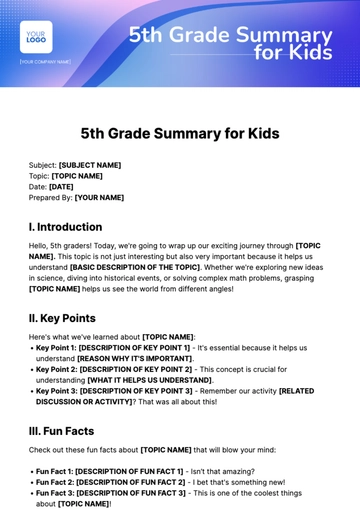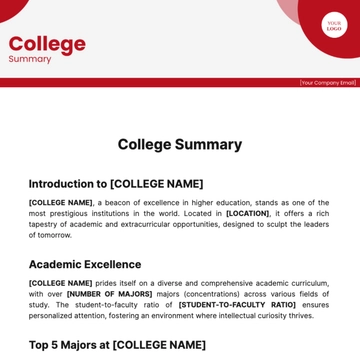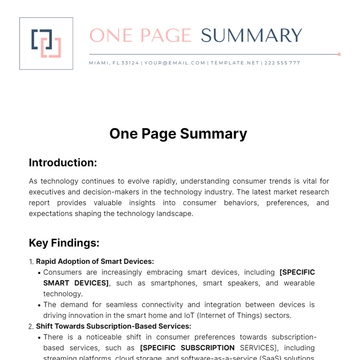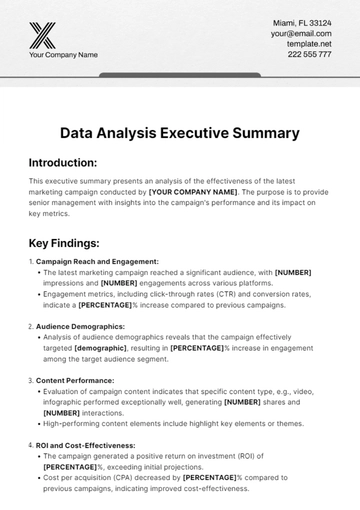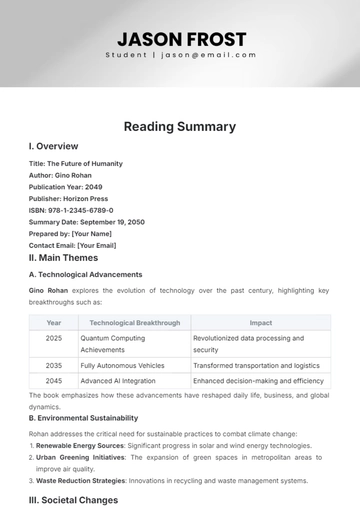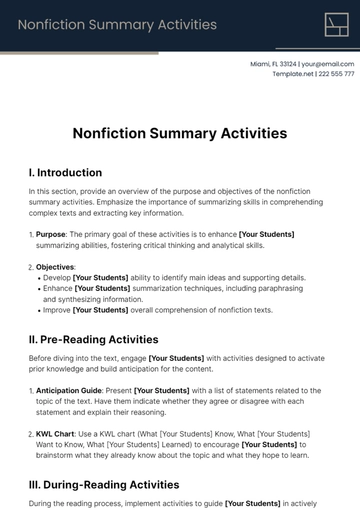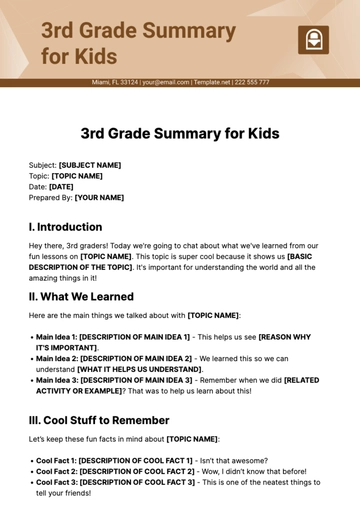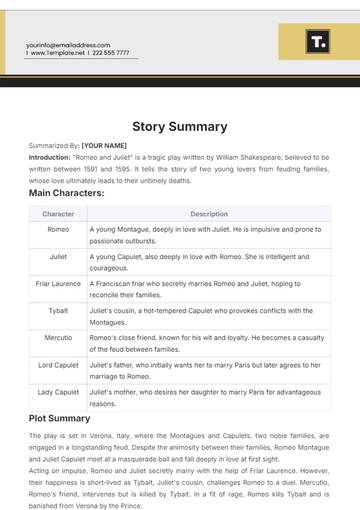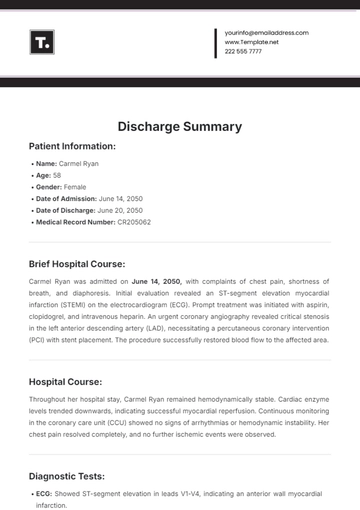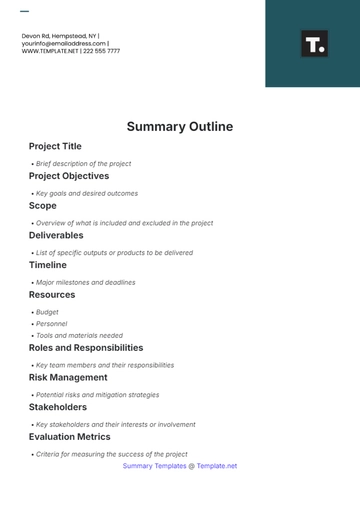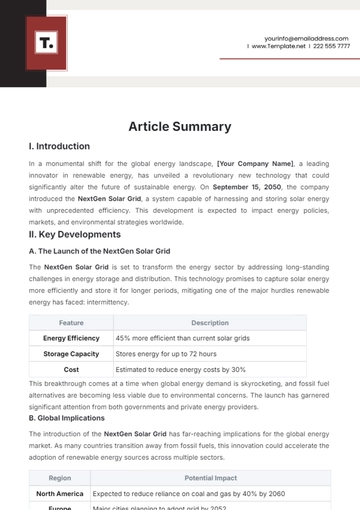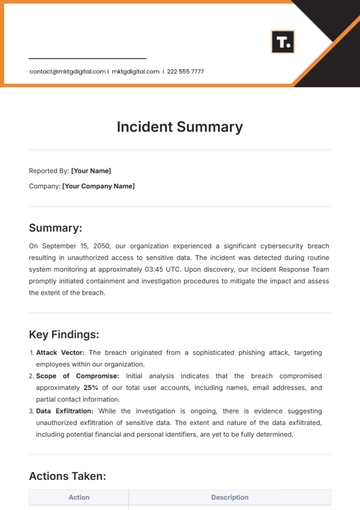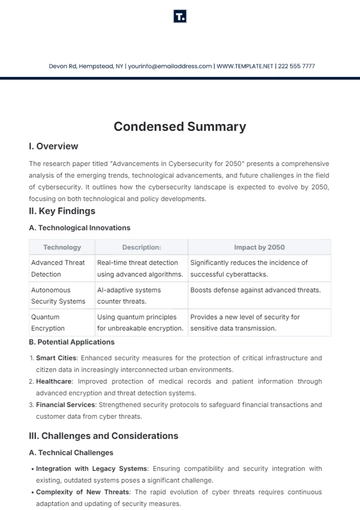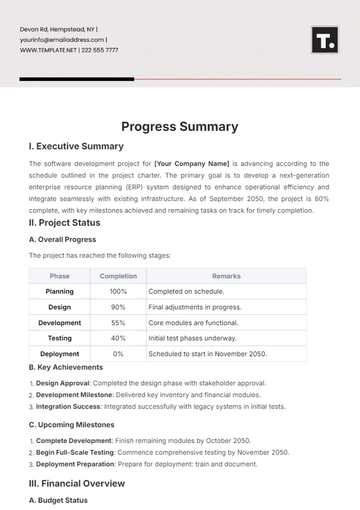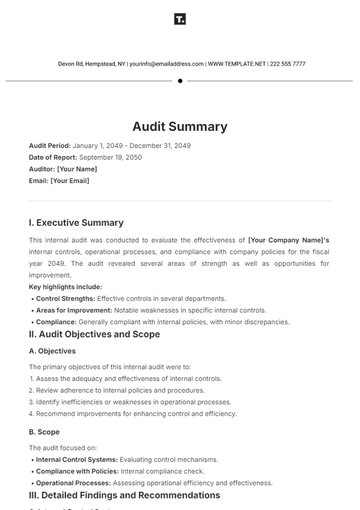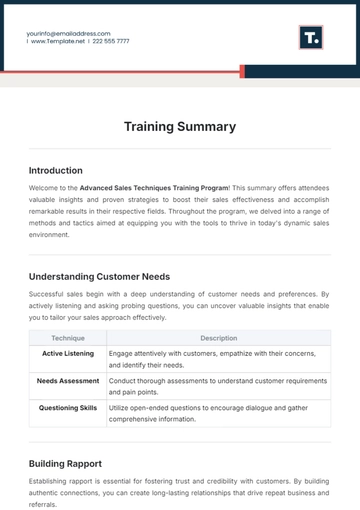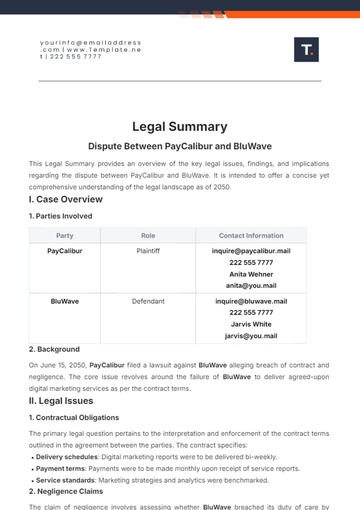Summary of Disaster Management Project
Summarized By: [YOUR NAME]
Introduction
Disasters, whether natural or man-made, pose significant threats to communities worldwide. In response to these challenges, disaster management projects play a pivotal role in mitigating risks, enhancing preparedness, and facilitating effective response and recovery efforts. This summary outlines the essential components and use cases of disaster management projects, tailored for governmental agencies, non-governmental organizations (NGOs), and community-based organizations.
Essential Components of Disaster Management Projects
RISK ASSESSMENT AND PREPAREDNESS
Conducting comprehensive risk assessments to identify potential hazards and vulnerabilities.
Developing preparedness plans tailored to specific risks and communities.
Establishing [FREQUENCY] early warning systems to alert communities about impending disasters.
RESPONSE AND RECOVERY STRATEGIES
Formulating robust response strategies to mitigate the impact of disasters.
Mobilizing resources and personnel for efficient emergency response operations.
Implementing [ADJECTIVE] recovery plans to facilitate the restoration of essential services and infrastructure.
COMMUNITY ENGAGEMENT AND CAPACITY BUILDING
Engaging communities through [TYPE] awareness campaigns, training sessions, and drills.
Building the capacity of local stakeholders to effectively respond to emergencies.
Fostering partnerships between governmental agencies, NGOs, and [GROUP] community organizations.
TECHNOLOGY AND INNOVATION
Leveraging technology for data collection, analysis, and decision-making.
Implementing innovative solutions such as drones for rapid assessment and mapping.
Utilizing social media and mobile applications for [PURPOSE] disseminating critical information to the public.
Use Cases of Disaster Management Projects
Project Name | Description |
|---|
1. Early Warning System | Implementing a real-time monitoring system to detect and alert communities about impending natural disasters. |
2. Community Resilience Program | Establishing community-based initiatives to enhance resilience through training, infrastructure upgrades, and social cohesion. |
3. Disaster Recovery Center | Setting up centralized centers to provide support services, supplies, and counseling to affected individuals and families. |
4. Risk Mapping and Analysis | Conducting GIS-based mapping to identify high-risk areas and develop targeted mitigation measures. |
5. Volunteer Emergency Response Teams | Training and mobilizing volunteer teams to assist emergency responders during large-scale disasters. |
Additional Sections
FUNDING AND RESOURCE ALLOCATION
Allocating sufficient [PRESOURCE TYPE] resources for disaster management projects.
Securing funding from [SOURCE] governmental grants, international aid, and private donors.
Ensuring transparent and accountable [ACTION] resource allocation processes.
CROSS-SECTOR COLLABORATION
Facilitating collaboration between [SECTOR] governmental agencies, NGOs, private sector entities, and academic institutions.
Establishing multi-sectoral task forces to coordinate disaster preparedness and response efforts.
Promoting information sharing and joint [ACTIVITY] planning to maximize impact and efficiency.
MONITORING AND EVALUATION
Establishing monitoring and evaluation frameworks to assess the effectiveness and impact of disaster management projects.
Conducting regular [INTERVAL] evaluations to identify strengths, weaknesses, and areas for improvement.
Incorporating feedback from stakeholders to adapt and refine project strategies and interventions.
Conclusion
Disaster management projects are critical for building resilient communities and minimizing the impact of disasters. By focusing on risk assessment, preparedness, response, and recovery, these projects empower stakeholders at all levels to effectively mitigate risks and save lives. Through collaboration and innovation, governmental agencies, NGOs, and community-based organizations can work together to create safer and more resilient societies.
Summary Templates @ Template.net
